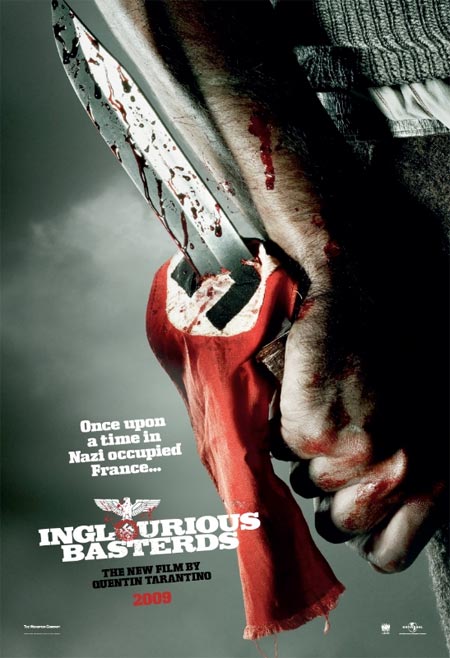In today’s Wall Street Journal drama column I report on my recent visit to Spring Green, Wisconsin, where I saw American Players Theatre perform Henry V and The Winter’s Tale. Both productions were exceptionally fine. Here’s an excerpt.
* * *
APT is a major classical repertory theater lightly disguised as an outdoor summer festival, and it has grown even more important with the opening of a 200-seat indoor house located a few steps away from the 1,148-seat hilltop amphitheatre in which the company has been performing since 1979. For all the attention being paid to the new Touchstone Theatre–about which I’ll have more to say next week–the Up-the-Hill Theatre remains APT’s base of operations, and the productions of “Henry V” and “The Winter’s Tale” that I saw there last week are models of their kind, played on near-bare stages with a bracing vigor that makes you wonder why anybody would think of performing Shakespeare any other way.
I last saw “Henry V” in Central Park six summers ago in a production by Mark Wing-Davey that sought with limited success to transform Shakespeare’s gripping portrait of the battle of Agincourt and its aftermath into an over-the-top-and-down-with-Bush pacifist comedy. Not so APT’s version, staged with dashing directness by James Bohnen, the artistic director of Chicago’s Remy Bumppo Theatre….
Robert Morgan’s Edwardian-style costumes for “The Winter’s Tale” are more ambitious than the ones designed by Fabio Toblini for “Henry V,” but the overall approach of the production, staged by David Frank, APT’s artistic director, is very much in the company’s house style: The cast is mostly young, the staging spare and pointed, the poetry central at all times to the total effect….
“Arguably, this is the leading classical theater in the Midwest,” says Chris Jones, my opposite number at the Chicago Tribune. I’d put it another way: American Players Theatre is to the Midwest what Shakespeare & Company is to New England, a troupe that sets high artistic standards and maintains them with effortless consistency.
* * *
Read the whole thing here.
Archives for September 4, 2009
TT: The war that never ends
 Quentin Tarantino has gone and made himself a war movie–and it looks like Inglourious Basterds is going to be a hit, judging by the first two weeks’ worth of box-office receipts. So why did the creator of Pulp Fiction choose World War II as his subject? For that matter, why is anybody still making World War II movies sixty-four years after V-J Day? What is it about the Good War that continues to set it apart from all other wars in the eyes of Hollywood? I’ve taken a shot at answering that question in my latest “Sightings” column for tomorrow’s Wall Street Journal.
Quentin Tarantino has gone and made himself a war movie–and it looks like Inglourious Basterds is going to be a hit, judging by the first two weeks’ worth of box-office receipts. So why did the creator of Pulp Fiction choose World War II as his subject? For that matter, why is anybody still making World War II movies sixty-four years after V-J Day? What is it about the Good War that continues to set it apart from all other wars in the eyes of Hollywood? I’ve taken a shot at answering that question in my latest “Sightings” column for tomorrow’s Wall Street Journal.
To be sure, Tarantino swears that Inglourious Basterds is really “a spaghetti western, but using World War II iconography as opposed to cowboy iconography.” Maybe that’s true–and maybe there’s more to that distinctive iconography than meets the eye. To find out what makes World War II so cinematically special, pick up a copy of Saturday’s Journal and see what I have to say.
UPDATE: Read the whole thing here.
TT: Almanac
“Mass movements can rise and spread without belief in a God, but never without belief in a devil.”
Eric Hoffer, The True Believer
